The calculator will find the binomial expansion of the given expression, with steps shown Expand (1/xy/3)^3 solve it fastly density1 density1 Math Secondary School answered Expand (1/xy/3)^3 solve it fastly 2 See answers Advertisement Advertisement anustarnoor anustarnoor4 Binomial Expansions 41 Pascal's riTangle The expansion of (ax)2 is (ax)2 = a2 2axx2 Hence, (ax)3 = (ax)(ax)2 = (ax)(a2 2axx2) = a3 (12)a 2x(21)ax x 3= a3 3a2x3ax2 x urther,F (ax)4 = (ax)(ax)4 = (ax)(a3 3a2x3ax2 x3) = a4 (13)a3x(33)a2x2 (31)ax3 x4 = a4 4a3x6a2x2 4ax3 x4 In general we see that the coe cients of (a x)n
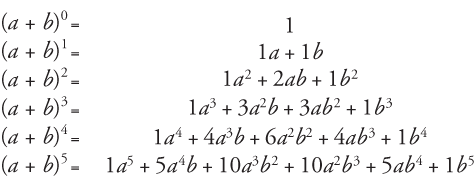
Binomial Coefficients And The Binomial Theorem
Expand 3 x 2 y 7 square
Expand 3 x 2 y 7 square- How do you expand the binomial #(x2)^3#?Expand and Simplify (i) 2(x 4) 3(x 2) (ii) x(x 3) (iii) y(2y 3) (iv) (x 3)(x 4) (v) (x 3)(x 9)




How To Expand And Simplify X 2 X 3 Quora
Binomial Theorem Formula Use the formula for the binomial theorem to determine the fourth term in the expansion (y − 1) 7 Show Answer Problem 2 Make use of the binomial theorem formula to determine the eleventh term in the expansion (2a − 2) 12Algebra Calculator is a calculator that gives stepbystep help on algebra problems See More Examples » x3=5 1/3 1/4 y=x^21 Disclaimer This calculator is not perfect Please use at your own risk, and please alert us if something isn't working Thank youSOLUTION 15 Since the equation x 2 xy y 2 = 3 represents an ellipse, the largest and smallest values of y will occur at the highest and lowest points of the ellipse This is where tangent lines to the graph are horizontal, ie, where the first derivative y'=0
Simple and best practice solution for expand3(x2)= equation Check how easy it is, and learn it for the future Our solution is simple, and easy to understand, so don`t hesitate to use it as a solution of your homeworkSolve your math problems using our free math solver with stepbystep solutions Our math solver supports basic math, prealgebra, algebra, trigonometry, calculus and more17 Factorisation (EMAG) Factorisation is the opposite process of expanding brackets For example, expanding brackets would require \ (2 (x 1)\) to be written as \ (2x 2\) Factorisation would be to start with \ (2x 2\) and end up with \ (2 (x 1)\) The two expressions \ (2 (x 1)\) and \ (2x2\) are equivalent;
Free expand & simplify calculator Expand and simplify equations stepbystep This website uses cookies to ensure you get the best experience By using thisExpand (x3)^2 Rewrite as Expand using the FOIL Method Tap for more steps Apply the distributive property Apply the distributive property Apply the distributive property Simplify and combine like terms Tap for more steps Simplify each term Tap for more steps Multiply by Move to the left ofOur online expert tutors can answer this problem Get stepbystep solutions from expert tutors as fast as 1530 minutes Your first 5 questions are on us!
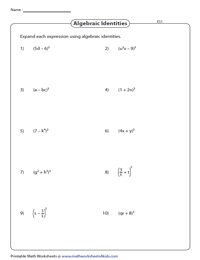



Expanding Algebraic Expressions Using Identities Worksheets



Search Q Expand And Simplify Tbm Isch
This calculator can be used to expand and simplify any polynomial expressionIn Algebra In Algebra putting two things next to each other usually means to multiply So 3(ab) means to multiply 3 by (ab) Here is an example of expanding, using variables a, b and c instead of numbers And here is another example involving some numbersآلة حاسبة للتوسيع والتبسيط وسّع وبسّط التعابير الجبريّة خطوة بخطوة




Expand 3x Y Z 2 Brainly In




Expand And Simplify Binomial Squares 2x 3y 2 Youtube
Using algebra to solve 4(x 3) 3(x 2)Firstly multiply through to get rid of brackets and add up the termsFree math problem solver answers your algebra, geometry, trigonometry, calculus, and statistics homework questions with stepbystep explanations, just like a math tutorThe perfect cube forms ( x y) 3 (xy)^3 (xy)3 and ( x − y) 3 ( xy)^3 (x −y)3 come up a lot in algebra We will go over how to expand them in the examples below, but you should also take some time to store these forms in memory, since you'll see them often ( x y) 3 = x 3 3 x 2 y 3 x y 2 y 3 ( x − y) 3 = x 3 − 3 x 2 y 3




3 Binomial Theorem Example 1 A Basic Binomial Expansion Question To Get Used To The Formula Youtube
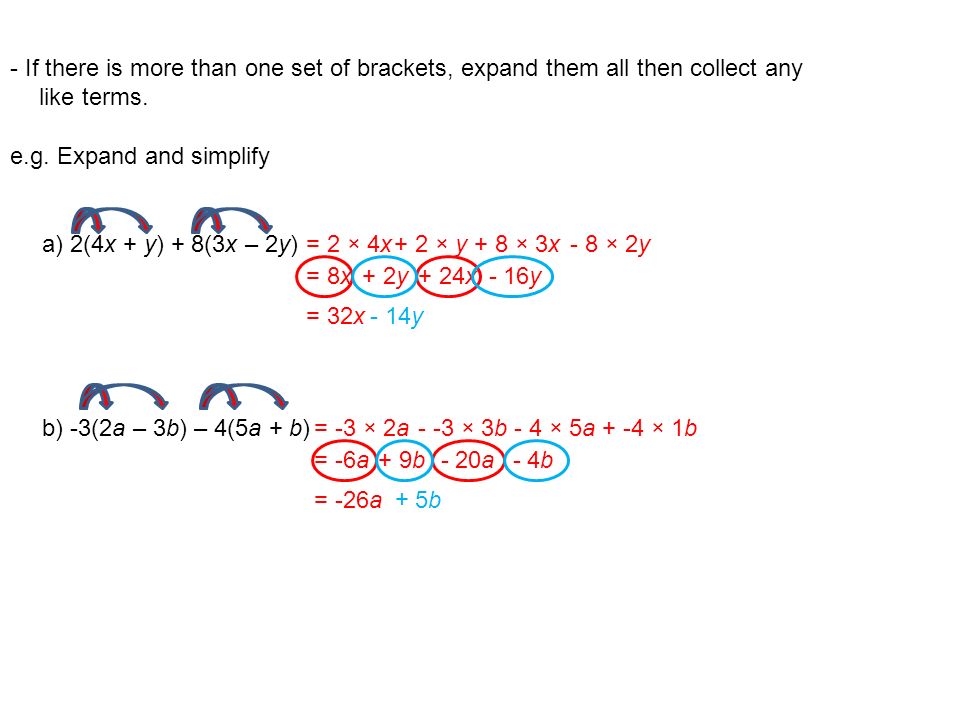



Algebra Ppt Download
Start your free trial In partnership with You are being redirected to Course Hero I want to submit the same problem to Course Hero CancelThe square of the difference of two numbers is equal to the square of the first number, minus twice the product of the first and second numbers, plus the square of the second number Expand brackets (2 x 3 y 2) 2 Solution Apply the square of the difference formula (2 x 3 y 2) 2 = (2 x) 2 2·(2 x)·(3 y 2) (3 y 2) 2 = 4 x 2 12 x Anyway, I mean the row that starts 1, 7 Each number is formed by adding the two numbers above to the left and right The last row gives us the coefficients we need (xy)^7 = x^77x^6y21x^5y^235x^4y^335x^3y^421x^2y^57xy^6y^7




Expand 3x 2y Whole Square Brainly In




Use Identity And Expand 3x 2y 7 2 Brainly In
The calculator can also make logarithmic expansions of formula of the form ln ( a b) by giving the results in exact form thus to expand ln ( x 3), enter expand_log ( ln ( x 3)) , after calculation, the result is returned The calculator makes it possible to obtain the logarithmic expansionX3 = ⋯ = 577 408 = And one can quickly check that (x3)2 = , which is pretty much the square root of 2 We want to (manually) approximate √2 by using the first few terms of the binomial series expansion of √1 − 2x = ∞ ∑ n = 0(1 2 n)( − 2x)n x < 1 2 = 1 − x − 1 2x2 − 1 2x3 ⋯ Here we look forQuadratics A polynomial is an algebraic expression usually containing one variable eg p 3 3p 2 2p − 1 A quadratic is a polynomial expression whose highest power is 2 eg x 2 2x 1 Quadratics are usually obtained by finding the product of two bracketed expressions There are several similar ways of expanding brackets, two of which are given below



How To Expand X 3y 6 And Apply The Expansion To Evaluate 1 30 5 Correct To Five Decimal Places Quora




Expand And Simplify Expand Two Brackets By Multiplying Them Out And Then Collecting Like Terms By Adding Or Subtracting Great Marlow School Mathematics Ppt Download
In elementary algebra, the binomial theorem (or binomial expansion) describes the algebraic expansion of powers of a binomialAccording to the theorem, it is possible to expand the polynomial (x y) n into a sum involving terms of the form ax b y c, where the exponents b and c are nonnegative integers with b c = n, and the coefficient a of each term is a specific positive X^22x39x^26x9 is the right answerfor example(ab)^2a^2b^22ab anisha19 anisha19 Math Primary School answered Expand (X 3) whole square 2 See answers jayantjay jayantjay X^22x39 x^26x9 is the right answer for example (ab)^2 a^2b^22ab The ans Abiranjan written is correct form of writingThe calculator allows you to expand and collapse an expression online , to achieve this, the calculator combines the functions collapse and expand For example it is possible to expand and reduce the expression following ( 3 x 1) ( 2 x 4), The calculator will returns the expression in two forms expanded and reduced expression 4 14 ⋅ x



The Substitution Method




Example 7 Find Coefficient Of X6y3 In Expansion X 2y 9
(21 x 5) / (3 x 4) = (21 / 3)(x 5 / x 4) Simplify = 7 x (6 x 4)(4 y 2) / (3 x 2)(16 y) Multiply terms in numerator and denominator and simplify (6 x 4)(4 y 2) / (3 x 2)(16 y) = (24 x 4 y 2) / (48 x 2 y) Rewrite as follows = (24 / 48)(x 4 / x 2)(y 2 / y) Simplify = (1 / 2) x 2 yStudents trying to do this expansion in their heads tend to mess up the powers But this isn't the time to worry about that square on the xI need to start my answer by plugging the terms and power into the TheoremThe first term in the binomial is "x 2", the second term in "3", and the power n is 6, so, counting from 0 to 6, the Binomial Theorem gives meT e In mathematics, the Taylor series of a function is an infinite sum of terms that are expressed in terms of the function's derivatives at a single point For most common functions, the function and the sum of its Taylor series are equal near this point
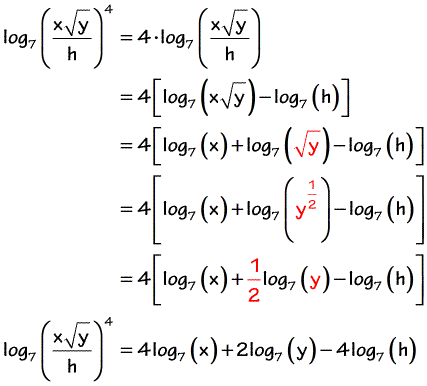



Expanding Logarithms Chilimath




Pls Solve It Fast 5 6 8 9 14 15 Expand Use Appropriate Formulae Maths Meritnation Com
Ex 25, 4 Expand each of the following, using suitable identities (x 2y 4z)2 (x 2y 4z)2 Using (a b c)2 = a2 b2 c2 2ab 2bc 2ac Where a = x , bCalculadora gratuita para desarrollar y simplificar – Desarrolla y simplifica ecuaciones paso por pasoChecklist Ready to be marked ?




Perfect Square Factorization Intro Video Khan Academy




Expand 2x 3y Square Brainly In
Created by T Madas Created by T Madas Question 25 (***) a) Determine, in ascending powers of x, the first three terms in the binomial expansion of ( )2 3− x 10 b) Use the first three terms in the binomial expansion of ( )2 3− x 10, with a suitable value for x, to find an approximation for 197 10 c) Use the answer of part (b) to estimate, correct to 2 significant figures, theThe following are algebraix expansion formulae of selected polynomials Square of summation (x y) 2 = x 2 2xy y 2 Square of difference (x y) 2 = x 2 2xy y 2 Difference of squares x 2 y 2 = (x y) (x y) Cube of summation (x y) 3 = x 3 3x 2 y 3xy 2 y 3 Summation of two cubes x 3 y 3 = (x y) (x 2 xy y 2) CubeIn National 5 Maths learn how to remove brackets and pairs of brackets using the distributive law and FOIL, then simplify by collecting like terms




Rd Sharma Solutions For Class 8 Chapter 9 Linear Equation In One Variable Download Free Pdf




Expand 2x 3y Whole Square Maths Rational Numbers Meritnation Com
(x y) 3 = x 3 3x 2 y 3xy 2 y 3 (x y) 4 = x 4 4x 3 y 6x 2 y 2 4xy 3 y 4;Expand (S) multiplies all parentheses in S, and simplifies inputs to functions such as cos (x y) by applying standard identities expand (S,Name,Value) uses additional options specified by one or more namevalue pair arguments For example, specifying 'IgnoreAnalyticConstraints' as true uses convenient identities to simplify the input Exercise 3 Expand the following expression, writing your answer in its simplest form Be careful of notation and do not use spaces in your answer ( x ) 2 = x 2 x




Question Video Expanding And Simplifying Algebraic Expressions Nagwa
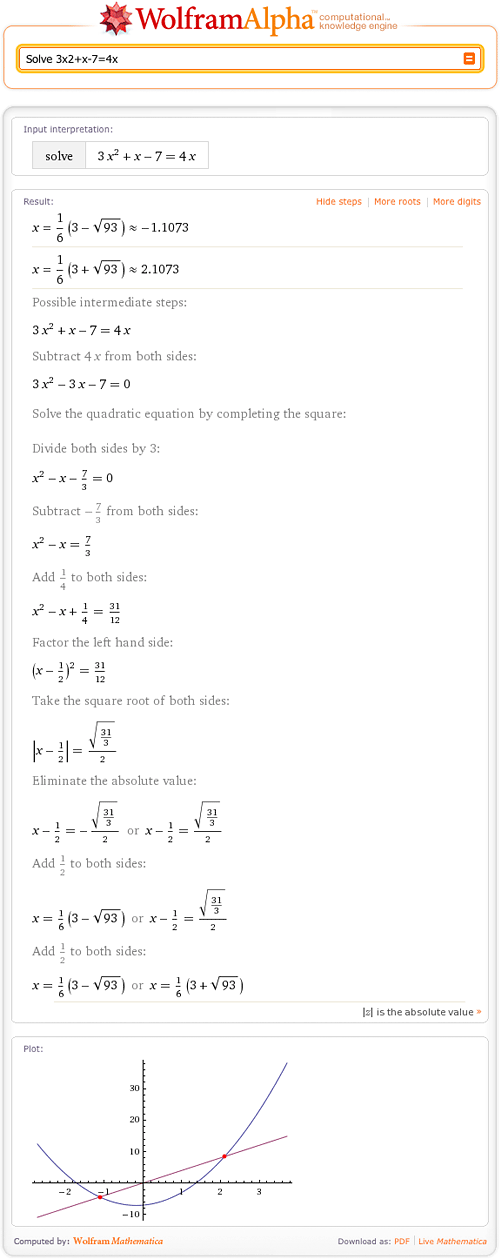



Step By Step Math Wolfram Alpha Blog
Expanding Logarithms When you are asked to expand log expressions, your goal is to express a single logarithmic expression into many individual parts or componentsThis process is the exact opposite of condensing logarithms because you compress a bunch of log expressions into a simpler one The best way to illustrate this concept is to show a lot of examplesExpand (x 2 3) 6;Take the square root of 5 2 that the midpoint of r and s corresponds to the axis of symmetry of the parabola represented by the quadratic equation y=x^2BxC Simplify by expanding (a b) (a b) = a^2 – b^2u^2 = 316 = 13 Simplify the expression by subtracting 16 on both sides




Forming Polynomial Equations With Roots Video Lesson Transcript Study Com




X 2 2 Expand And Simplify Using Foil Method Youtube
Polynomial Identities When we have a sum (difference) of two or three numbers to power of 2 or 3 and we need to remove the brackets we use polynomial identities (short multiplication formulas) (x y) 2 = x 2 2xy y 2 (x y) 2 = x 2 2xy y 2 Example 1 If x = 10, y = 5a (10 5a) 2 = 10 2 2·10·5a (5a) 2 = 100 100a 25a 2They have the sameמחשבון הרחבה ופישוט הרחב ופשט ביטויים אלגברים צעד אחר צעד




X 2 2 Expand And Simplify Using Foil Method Youtube




Example 10 Find Term Independent Of X In 3 2 X 2 1 3x 6
3 Square both sides of the equation Again, there is nothing here that you haven't done with simpler equations Square both sides to remove the radical on the left Isolated radical 2 x − 5 = 1 x − 1 {\displaystyle {\sqrt {2x5}}=1 {\sqrt {x1}}} Example Expand (4a – 2b – 3c)2 (4a – 2b – 3c)2 = (4a (–2b) (–3c)) 2 Using (x y z)2 = x2 y2 z2 2xy 2yz 2zx Putting x = 4a, y = 2bClick here👆to get an answer to your question ️ Expand ( 2x 5y 3z )^2 using suitable identities Join / Login >> Class 9 >> Maths >> Polynomials >> Algebraic Identities The square of (2 x − 3 y z) is equal to 4 x 2 9 y 2 z 2
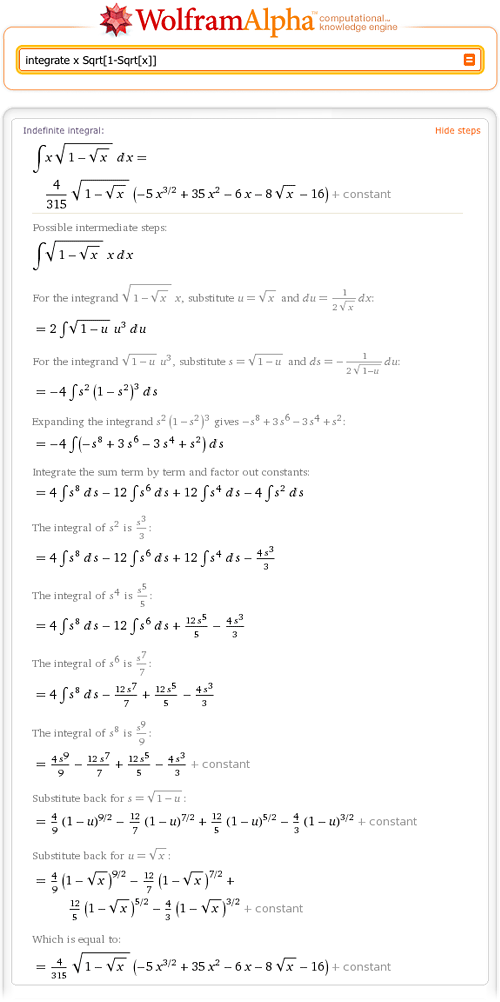



Step By Step Math Wolfram Alpha Blog
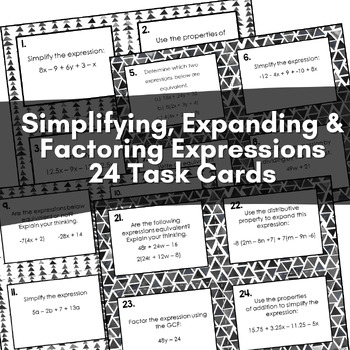



Simplifying Expanding And Factoring Expressions Tpt
Precalculus The Binomial Theorem Pascal's Triangle and Binomial Expansion 1 Answer= 2 x 2 3 x − 10 x − 15 = 2 x 2 − 7 x − 15 1 Expand the brackets by multiplying (2 x 3) by x and (2 x 3) by −5 2 Simplify by collecting like terms 3x − 10x = −7xLog 2 (8) log 2 ( x4) – log 2 (5) = 3 4 log 2 ( x) – log 2 (5) Each log now finally contains only one thing, and the first log term has been simplified to a numerical value, so this expression is fully expanded Then my final answer is 3 4log 2 ( x) – log 2 (5) Content Continues Below




Simplifying Square Root Expressions Video Khan Academy




Binomial Theorem Wikipedia
Expand (2x 5) 3 Since (2x 5) 3 is a binomial expansion, we can use the binomial theorem to expand this expression The formula for this is a(x y) n = aΣ k = 0 to n C(n,k) x nk y k where
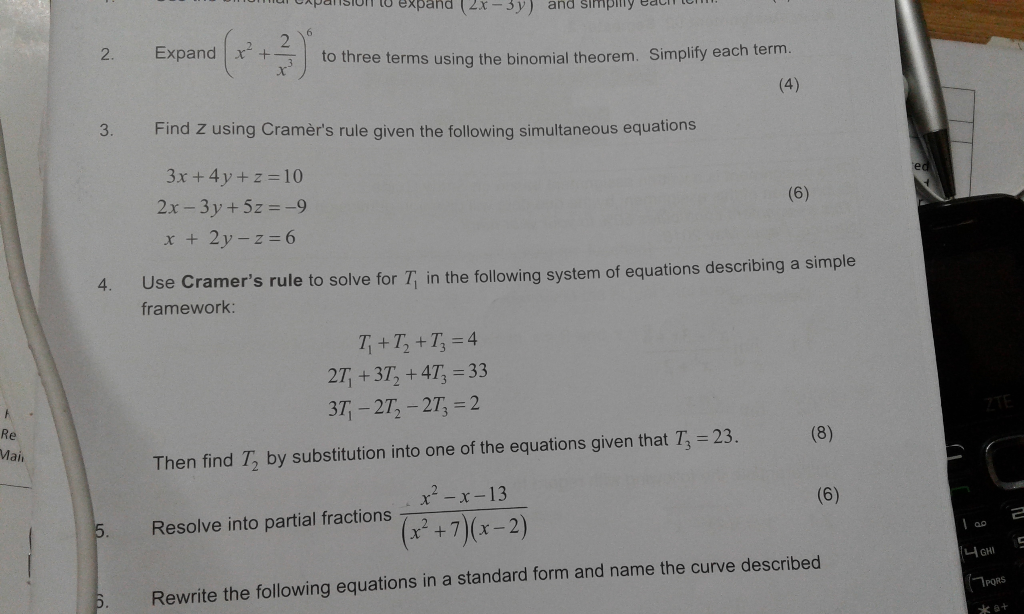



Parison To Expand 2x 3y And Simply Edit 2 Expand Chegg Com




4 X 3 3 X 2 Expand And Simplify Youtube




Ex 8 1 2 Expand The Expression 2 X X 2 5 Teachoo
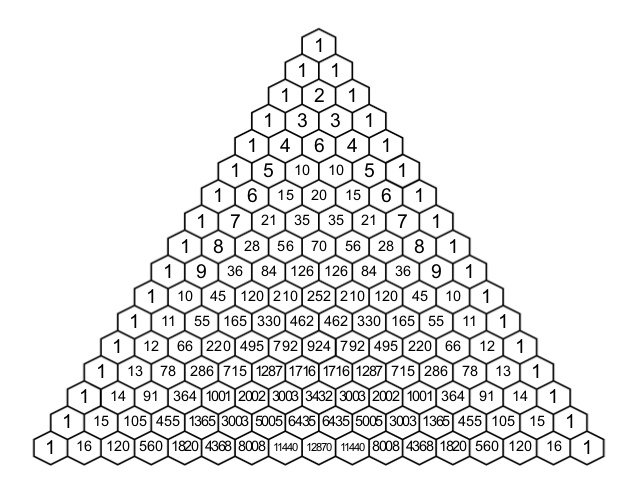



How Do You Expand X 2y 7 Socratic
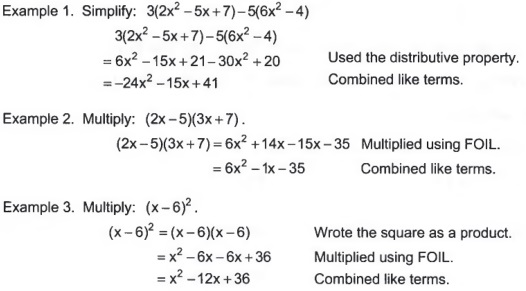



Graph Graph Equations And Equation Systems With Step By Step Math Problem Solver
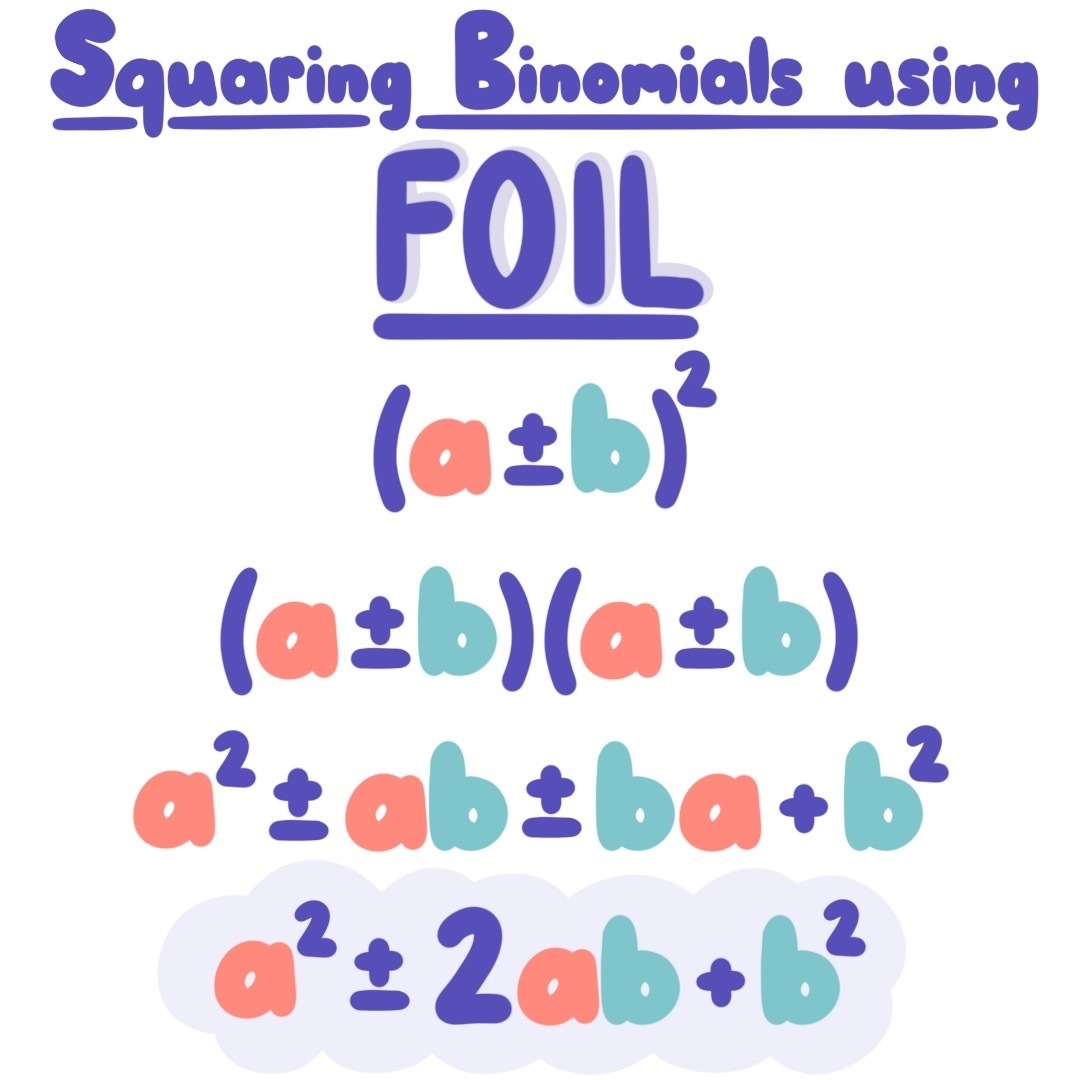



Squaring A Binomial Expii
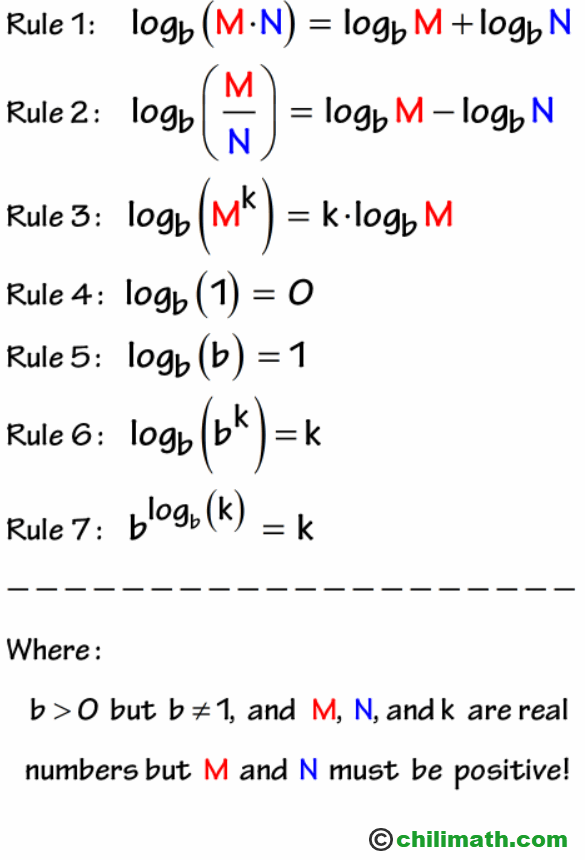



Expanding Logarithms Chilimath




3 Ways To Use The Perfect Square Identity As A Shortcut In Expansion
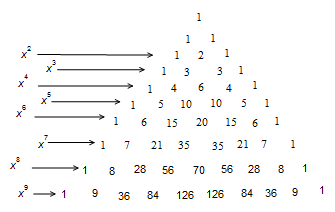



How Do You Use The Binomial Series To Expand 2x Y 9 Socratic




Pascal S Triangle And The Coefficients In The Expansion Of Binomials Ck 12 Foundation




Expand Each Of The Following Using Suitable Identities 2x Y Z 2



4 The Binomial Theorem
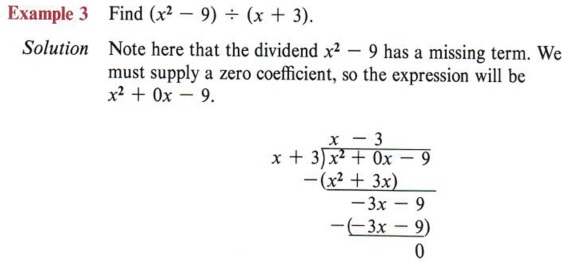



Simplify Simplify Radical Rational Expression With Step By Step Math Problem Solver



Http Mrsk Ca Ap 5 1foil Pdf
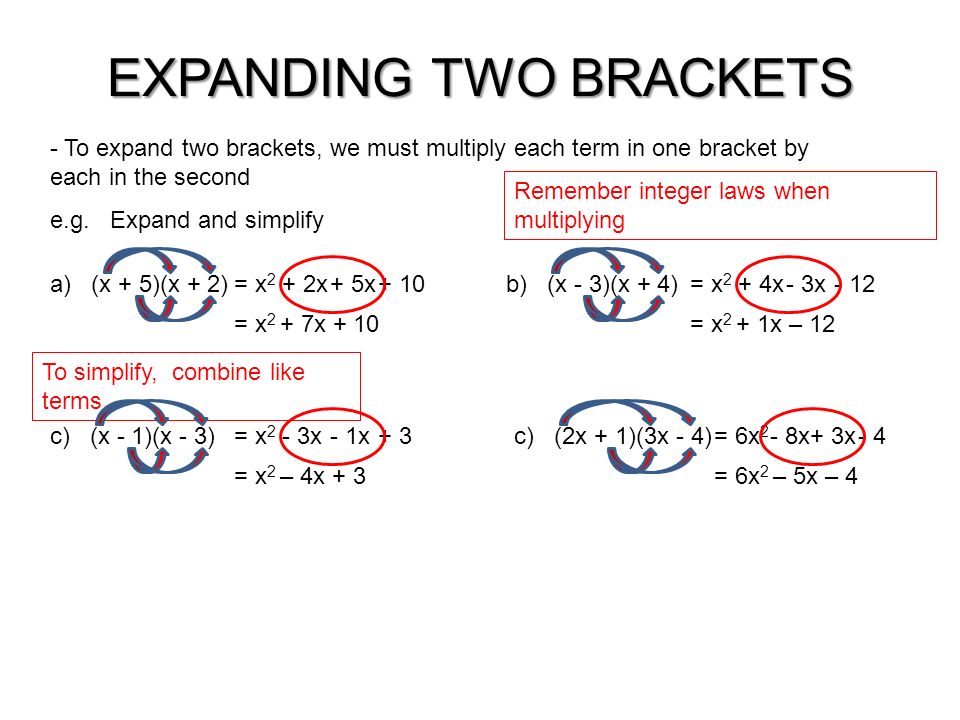



Algebra Ppt Download




Properties Of Determinant Determinant A If A Determinant Of Determinant Example 2 Find The Value Of The Determinant 2 3 1 Example 3 Prove That 1 1 1 Ab Pdf Document




Binomial Coefficients And The Binomial Theorem




The Binomial Theorem Binomial Expansions Using Pascal S Triangle Subsets



Ies Ed Gov Ncee Wwc Docs Practiceguide Wwc Algebra Pg Revised 0218 Pdf




Cube Algebra Wikipedia




11 Factor Then Expand The Logarithm The First Blank Chegg Com




Expand 3x 5y 3z It Fast Brainly In
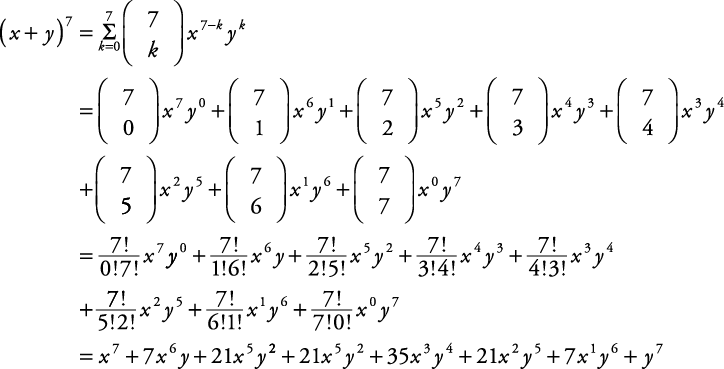



Binomial Coefficients And The Binomial Theorem




Chapter 5 Practice Test Wikis 5 Practice Test Mhr 259 11 Determine All Values Of K So That Each Trinomial Is A Perfect Square A 36x2 Xk 121 B 49d2 56d K C 25 X2 60 Y Ky2




X 3 X 5 Expand And Simplify Youtube




Algebra Ppt Download




Ex 8 2 5 Find 4th Term Of X 2y 12 Chapter 8 Class 11




Polynomial Functions




Partial Fraction Expansion Repeated Factors Video Khan Academy




Expand X 2 2y 5 Using Binomial Expansion Youtube




Expanding Using The Properties Of Logarithms Example 7 Online Math Help Math Videos Maths Exam



Q Tbn And9gcsz Qfykkjr Dbdmofk6nmhpqfboxtskdok6rksqtgmxjttih9j Usqp Cau




Expand I 3 5 4 Ii 4 7 5




Expand Each Of The Following Using Suitable Identities I X 2y 4z 2 Ii 2x Y Z Youtube
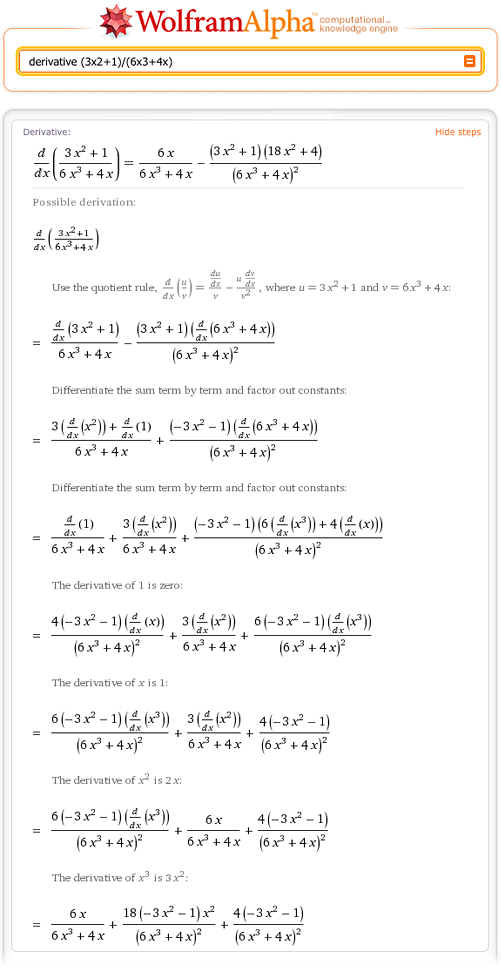



Step By Step Math Wolfram Alpha Blog
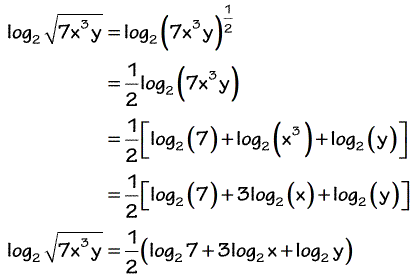



Expanding Logarithms Chilimath



How To Expand X 2y 5 Using Binomial Expansion Quora




3 Ways To Use The Perfect Square Identity As A Shortcut In Expansion



What Is The Binomial Expansion Of Math 1 X 2 Math Quora




How To Expand And Simplify X 2 X 3 Quora




3 Ways To Use The Perfect Square Identity As A Shortcut In Expansion




Expanding Binomials Video Series Khan Academy
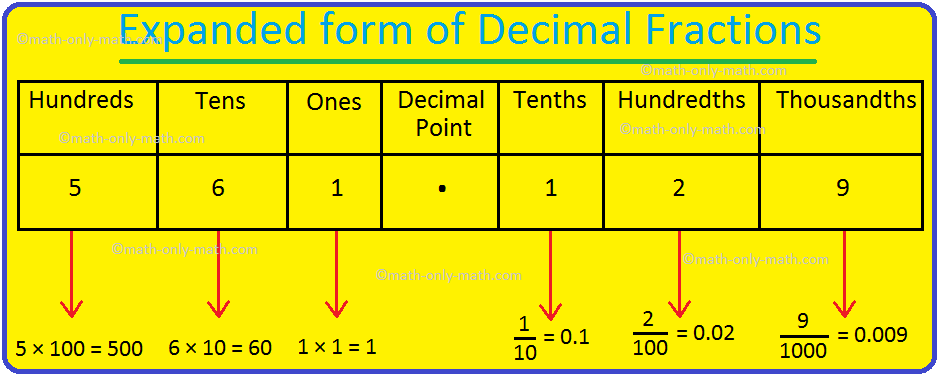



Expanded Form Of Decimal Fractions How To Write A Decimal In Expanded



1



The Substitution Method




Expand Using Identities 3x 5y 2




Pascal S Triangle And The Binomial Theorem X Y 0 1 X Y 1 1x 1y X Y 2 1x 2 2xy 1y 2 X Y 3 1x 3 3x 2 Y 3xy 2 1 Y 3 X Ppt Download




Partial Fractions Calculator Wolfram Alpha




X 2 X 3 Expand And Simplify Youtube




Step By Step Math Wolfram Alpha Blog
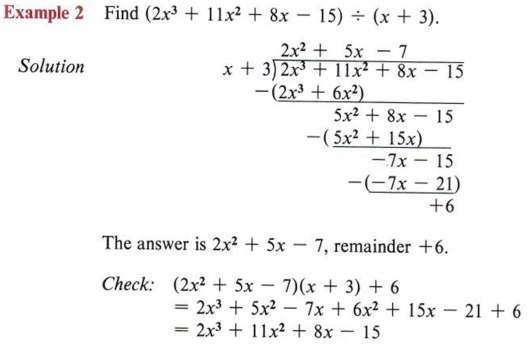



Simplify Simplify Radical Rational Expression With Step By Step Math Problem Solver




6 1 Add Subtract Polynomial Expression Functions Pdf Free Download
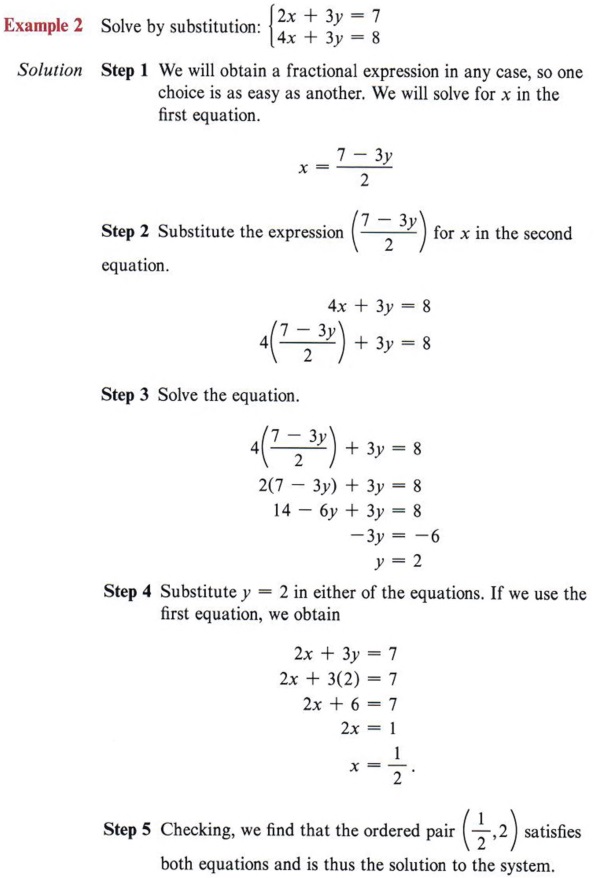



Graph Graph Inequalities With Step By Step Math Problem Solver



4 The Binomial Theorem



Http Mrsk Ca Ap 5 2specialproductsexpand Pdf



Corbettmaths Files Wordpress Com 13 02 Expanding Brackets Pdf1 Pdf



What Is The Binomial Expansion Of Math 1 X 2 Math Quora
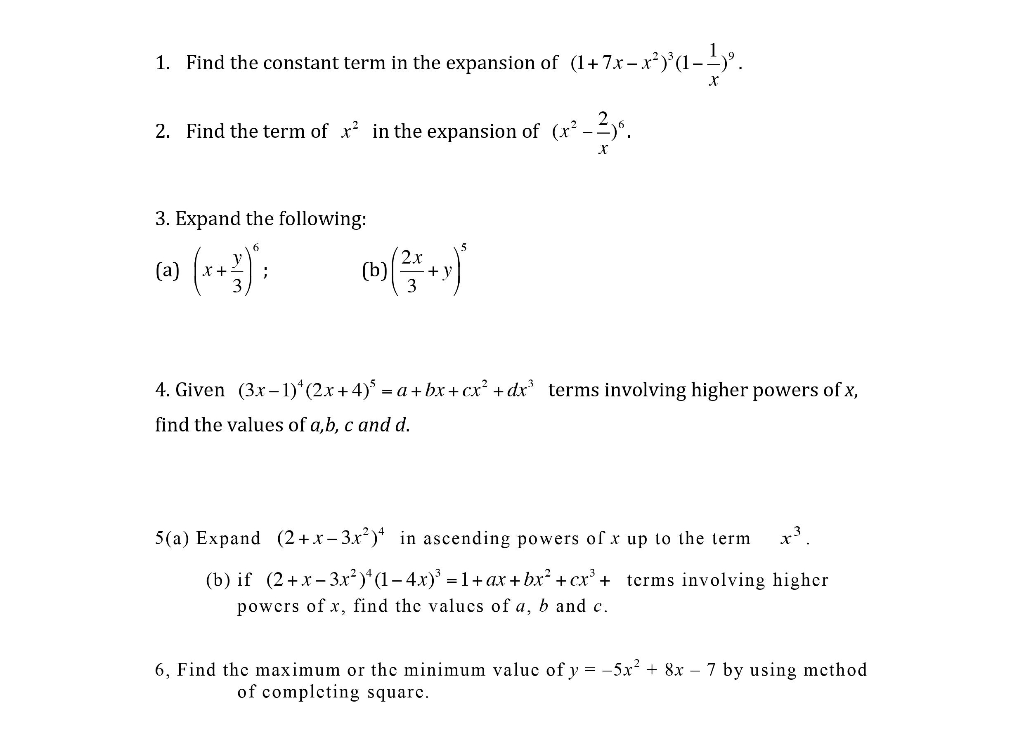



1 Find The Constant Term In The Expansion Of 1 7x Chegg Com



Www Quia Com Files Quia Users Rsamis Mathpower 9 Chapter 5




Example 7 Find Coefficient Of X6y3 In Expansion X 2y 9



Square Root Of 2 Wikipedia




Find The Coefficient Of X 7 In The Expansion Of 2x 2 1 X



Q Tbn And9gcq Oj14ek8x8g40yskcamzlqyhtoni4rt2mhlfeza7nxxi8jaz Usqp Cau
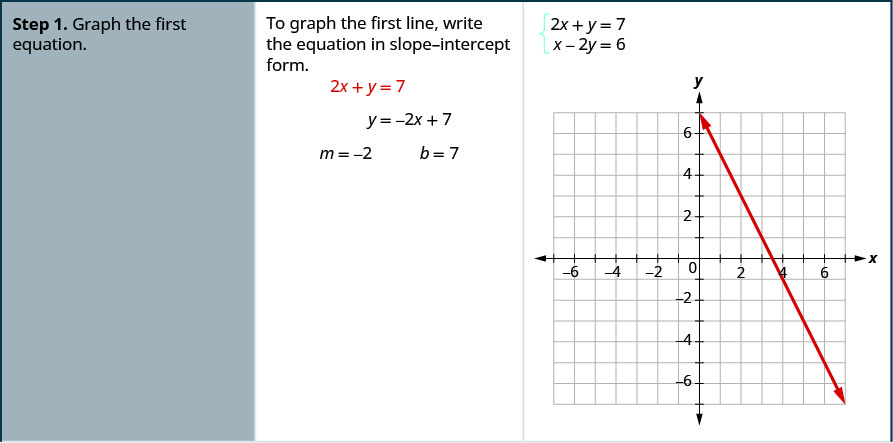



4 1 Solve Systems Of Linear Equations With Two Variables Mathematics Libretexts
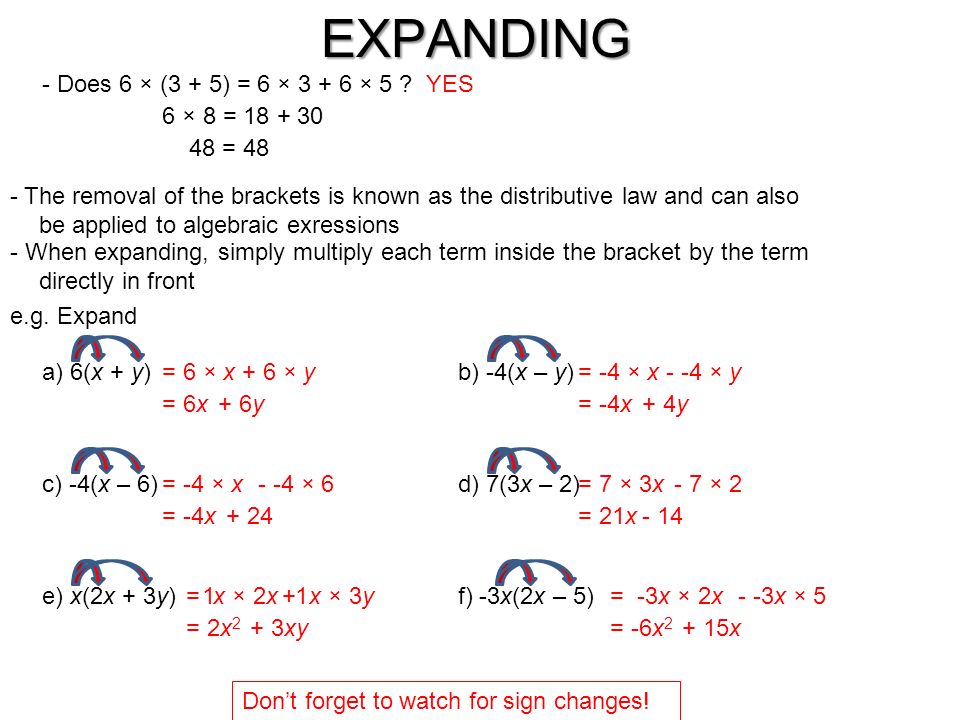



Algebra Ppt Download
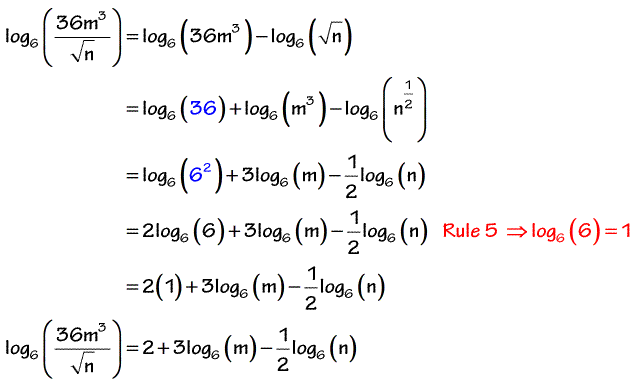



Expanding Logarithms Chilimath




Questions 1 6 Use The Binomial Expansion To Expand Chegg Com




Factor Factor A Polynomial And Trinomial With Step By Step Math Problem Solver
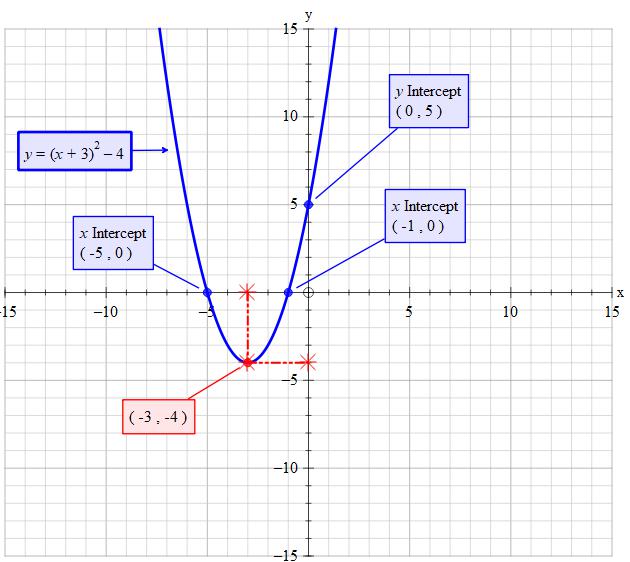



How Do You Find The Vertex And Intercepts For Y X 3 2 4 Socratic




Expand X Y 7 X 2 6 A 2 2b 5 Find The Chegg Com




Expand Using Identity 2x 3y 3




Binomial Theorem Wikipedia



Http Www Stat Wisc Edu Ifischer Calculus Pdf
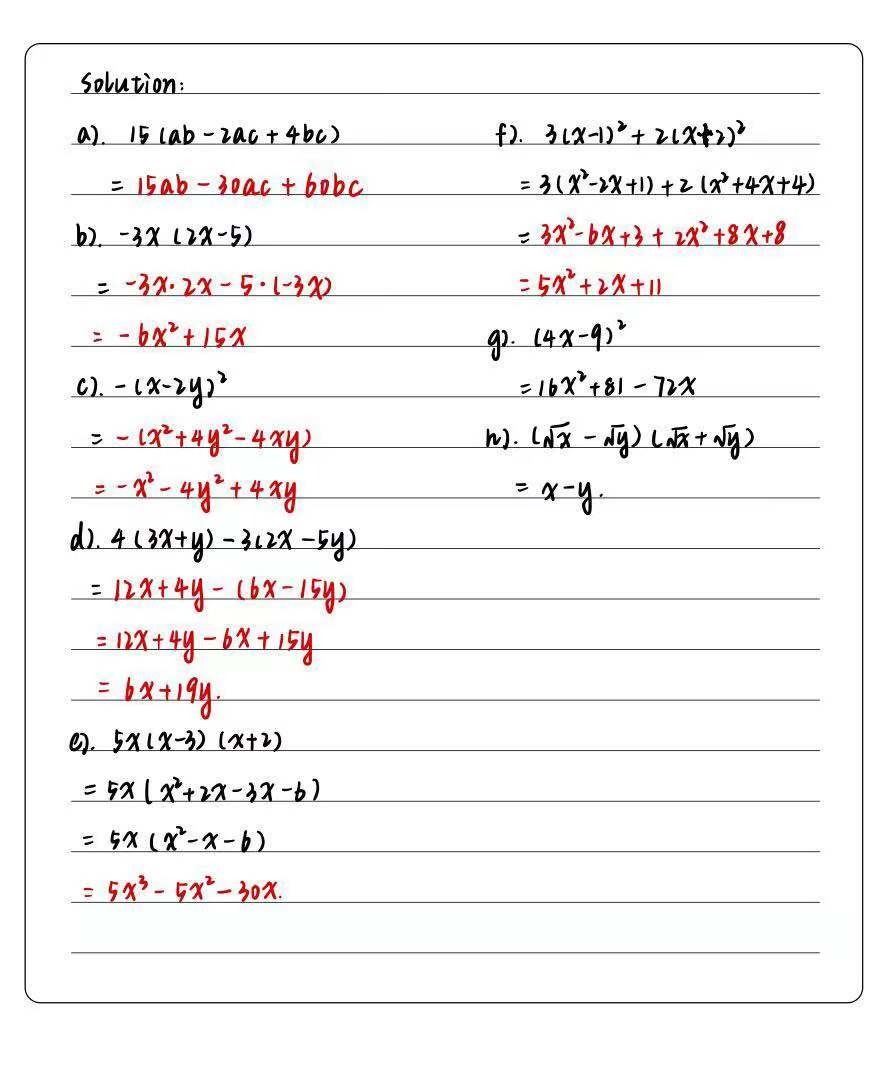



1 Expand And Simplify A 15ab 2ac 4bc B 3x2x Gauthmath




Maclaurin Expansion For 1 Sqrt X 2 9 Mathematics Stack Exchange
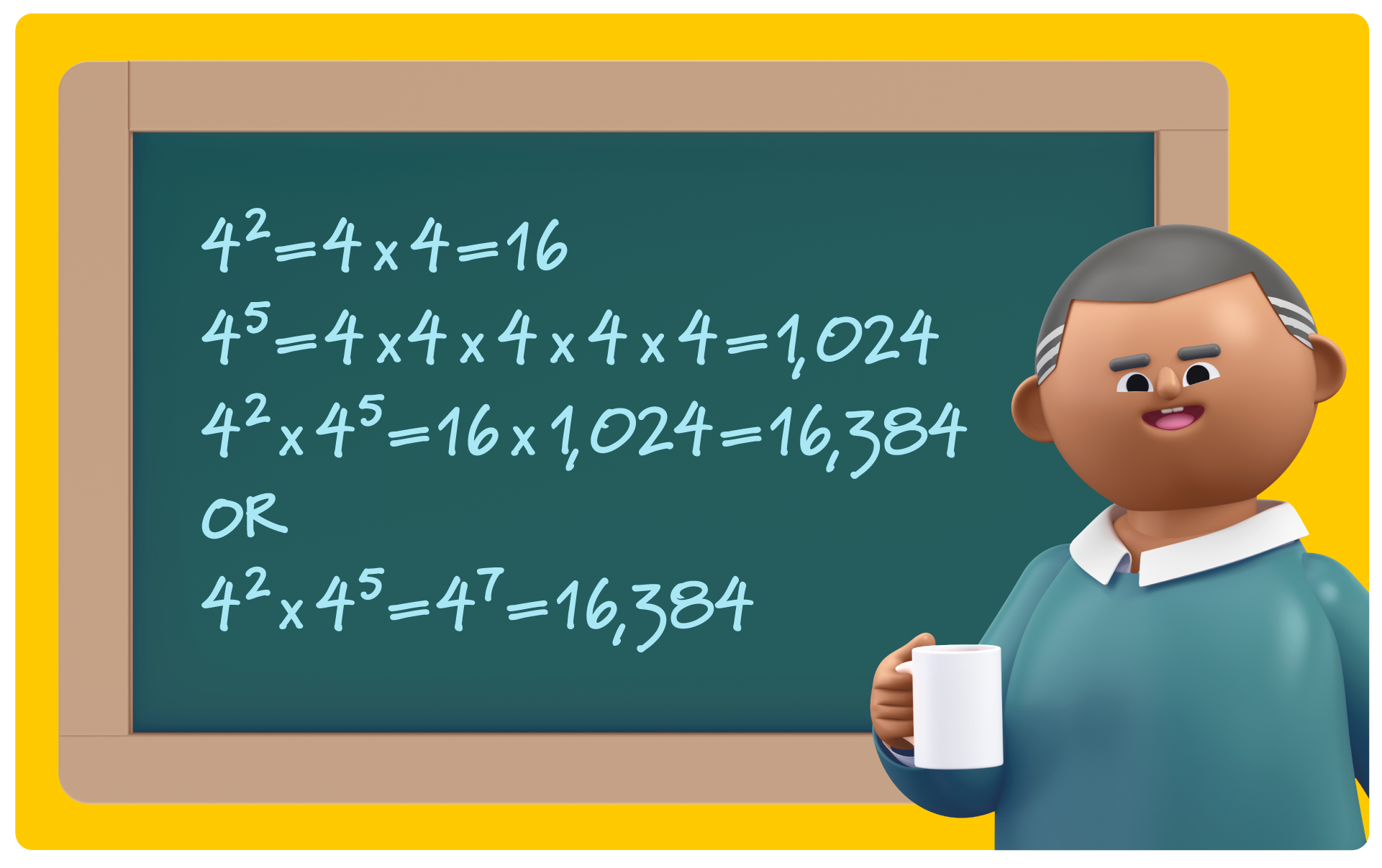



Exponent Rules 7 Key Strategies To Solve Tough Equations Prodigy Education


